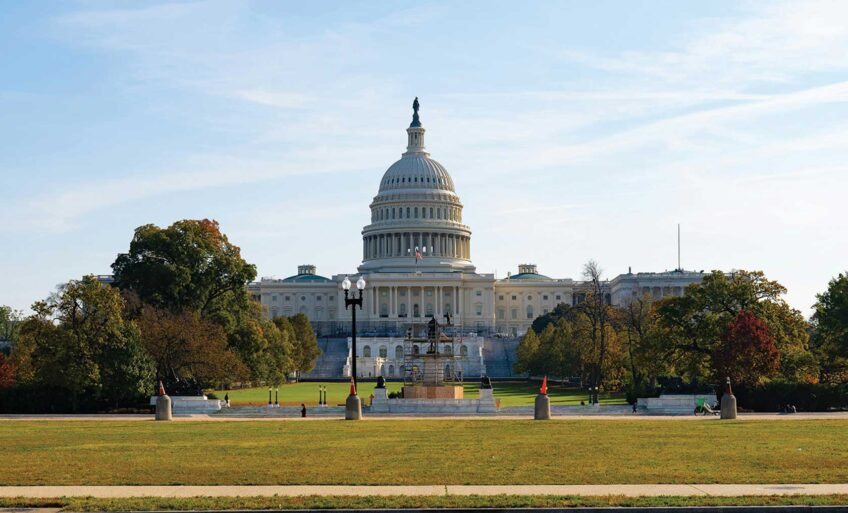High incarceration rates for black men impact minority communities as health problems mount
High incarceration rates for black men impact minority communities as health problems mount
Each year, when 650,000 ex-prisoners return to communities all across the United States, many suffer from deteriorating health conditions and must confront a hostile environment where their rehabilitation will be difficult to achieve.
What’s more, the families and communities they are rejoining may have changed significantly during their absence — creating a totally new dynamic for these ex-prisoners to overcome at a time when their circumstances already make them vulnerable.
It is now clear that when America embarked on its aggressive campaign to “get tough on crime” by swelling the nation’s prison ranks, not enough planning was put into creating healthy prison environments or considering the impact that incarcerating so many people would have on the families and communities that they left behind.
Needless to say, with America’s criminal justice system primed to incarcerate African American men, in particular, the impact of mandatory sentencing and strict drug laws is being felt heavily in black communities from coast to coast. Of the 2.1 million people incarcerated in jails and prisons in 2005, 548,300 were black males between the ages of 20 and 39. To put that in perspective, 4.7 percent of all black American males were incarcerated in 2005, compared to 0.7 of the country’s white males.
The original war on crime back in the late 1960s centered on providing social programs to address poverty, widely seen as an incubator for crime. Many programs were developed that emphasized rehabilitating offenders.
Twenty years later, however, the new mandate to the criminal justice system was to “do something about drugs,” and that translated into the biggest increase ever in the nation’s prison population. Instead of training people for jobs, government money was spent on building more prisons.
Arrests for drug violations skyrocketed from 661,000 in 1983 to 1,126,300 in 1993. From 1980 to 1993, the percentage of white inmates rose 163 percent, while the percentage of black inmates increased by 217 percent. And by the end of 1993, half of all federal and state prisoners were African Americans.
Perhaps the biggest victims of this policy were children — the sons and daughters of the prisoners. By 1999, there were 721,500 parents in federal and state prisons, and they were mothers and fathers to 1.5 million children.
The social impact of so many children with parents in prison is devastating, especially in low-income communities. It fosters an environment where children don’t have role models and may fall into the same bad habits of their parents. We also must consider the psychological impact. While the father is incarcerated, children and families not only lose the financial and emotional support of the missing parent, but must also deal with the stigma of having a family member in prison.
Moreover, the community receives another jolt when the prisoner comes home. Prisons have become a nest for many infectious and chronic diseases, ranging from HIV/AIDS to hepatitis to tuberculosis. In fact, the rate of confirmed AIDS cases in prisons runs five times higher than in the general population. Inmates are ineligible for Medicaid when they are incarcerated, so their health care services are limited. When Medicaid and other benefits are lost upon incarceration, there is often a lengthy lag time for reinstatement when a prisoner is released.
Generally, there are no federal or state requirements to ensure that benefits are available upon release from prison, a situation that increases homelessness and blocks access to needed health care. Unfortunately, because of lapses in recordkeeping, neither federal nor state agencies know how many former prisoners permanently lose benefits. The federal government requires the suspension of benefits while someone is in prison, but allows a flawed process to exist for restoring those benefits. Thus, when inmates return home, they are usually in poor health — mentally and physically. Their poor health is another burden for their families, many of which don’t have health insurance; meanwhile, their community has to deal with the spread of diseases.
Clearly, the negative results from increasing the prison population have taken away any benefit that political leaders sought by supposedly taking criminals off the streets.
If America sticks with this misguided policy, there have to be significant changes made to better ensure that real rehabilitation takes place in prisons, that inmates have access to quality health care and that more support is available to help inmates on their reentry into their families, as well as their communities. Let’s correct bad public policy.
We have seen the impact of what more prison walls have brought us. Now it’s time to invest in the health and well-being of people.
Dr. Henrie M. Treadwell, associate director of Development at the National Center for Primary Care at Morehouse School of Medicine, is also director of Community Voices, a nonprofit working to improve health services and health care access for all Americans.






